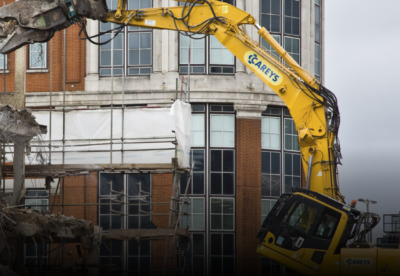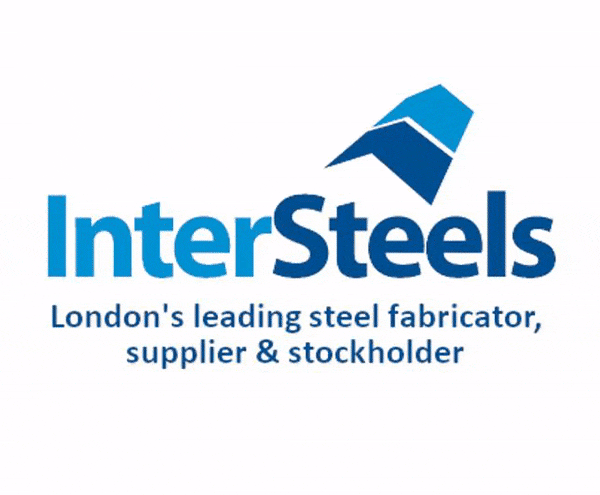The move applies to all new projects that begin main construction from this month and follows a long-term research programme showing that a range of low carbon concrete options can be successfully deployed on projects as a like-for-like substitute for traditional concrete.
Research has involved Laing O’Rourke and Innovate UK working with the University of Cambridge and Sheffield University’s Advanced Manufacturing Research Centre (AMRC).
The overall carbon reduction will be 28% when compared with the company’s concrete usage in 2022.
Cathal O’Rourke, Laing O’Rourke’s Chief Operating Officer, said: “We’ve committed to being a net zero company before 2050 and we are looking at every possible measure to accelerate our progress. In construction, the greatest challenge is reducing scope 3 emissions – the embodied carbon in purchased materials.
“Reducing all carbon emissions is a priority for our business. The built environment makes a significant contribution to global warming and constructors must work with clients and design partners to deploy new technologies and innovations that make modern methods the norm and enable us to build in less carbon intensive ways.”
Construction Minister Nusrat Ghani said: “Reducing carbon emissions from concrete is essential to achieving net zero carbon by 2050.
“I’m pleased to see the leadership Laing O’Rourke is showing, through innovating and adopting the use of low-carbon concrete on all the construction projects it delivers”.
Rossella Nicolin, Head of Sustainability for Europe, said: “The expertise of our in-house concrete technologists, the experts who operate our advanced manufacturing facility in Nottinghamshire, and our supply chain partners, have all contributed to this significant step forward.
“Last year, 43 per cent of the concrete products we manufactured for our live projects were low carbon.
“It’s exciting to think this will rise to 100 per cent this year, and that very soon all our new projects will only use low carbon concrete. I want to thank the team whose hard work has made it possible.”
Laing O’Rourke’s low carbon concrete uses lower carbon alternatives to Portland cement.
These include GGBS (Ground Granulated Blast-furnace Slag) and PFA (Pulverised Fly Ash), both of which are industrial by-products with a much lower carbon footprint.
O’Rourke’s ongoing research programme focuses on wider scale deployment of cement-free options, which are ultra-low carbon, and it expects to introduce more of these materials going forward.







 (300 x 250 px).jpg)















.gif)




























